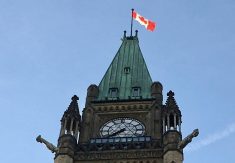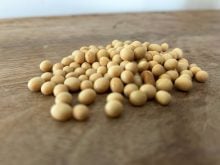Fighting forage pests just got a little easier.
The Saskatchewan forage industry will continue to battle back with an investment of $290,000 from the federal government for two projects.
The money will minimize and eliminate the damaging impact of parasites, diseases and invasive plant species on the province’s agricultural sector.
These projects will identify threats and provide information to minimize their impact on the industry and economy. They will provide solutions, enhance current markets and provide new opportunities for those directly tied to the forage industry and those whose crops benefit from pollination by bees.
Read Also

Federal budget shows remaining disconnect between agriculture, policymakers, panelists say
Canada’s agriculture sector is still disconnected from policymakers in some ways, say panelists at a CAPI webinar
The Saskatchewan Alfalfa Seed Producers Development Commission will receive up to $196,775 to study how to control parasites and disease that affect alfalfa leafcutter bees. It’s the primary pollinator for alfalfa seed production and is also used as a pollinator for other crops. Parasites and disease pose a threat to the leafcutter bee populations.
The Saskatchewan Forage Council is receiving up to $93,566 to develop strategies for managing invasive plant species found within forage areas. These species threaten local resources and economic stability, as well as water quality and natural biodiversity. These factors can cause the loss of productive land, a loss of forage product markets and a significant cost to producers to treat affected areas.















